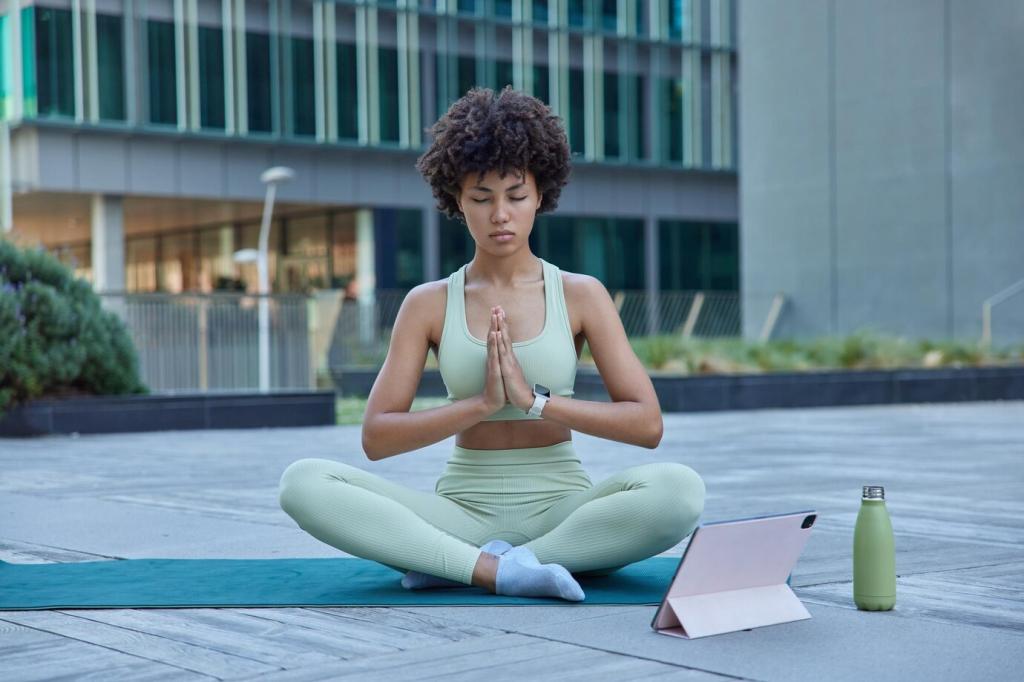What Yoga Nidra Really Is
Yoga Nidra is a guided, lying-down meditation that invites the body to relax while the mind remains softly aware. Beginners often feel surprising ease as tension drops and breathing slows, without needing to stretch or strain.
What Yoga Nidra Really Is
Modern Yoga Nidra was popularized in the twentieth century, drawing on ancient yogic texts and systematic relaxation. Its accessible sequence—breath, body scan, imagery—helps beginners downshift the nervous system into a deeply restorative, liminal state.







